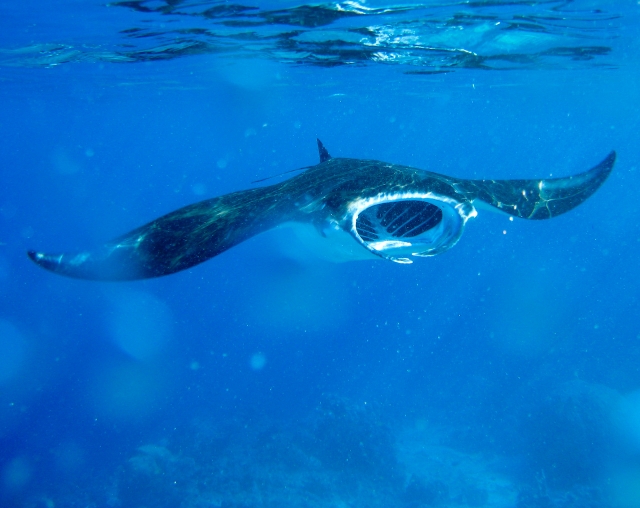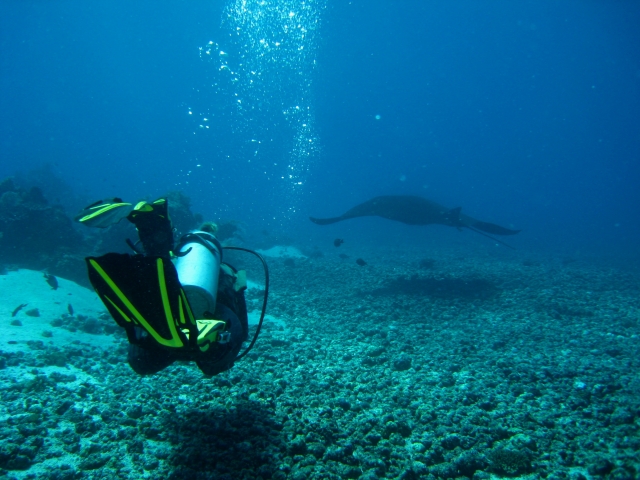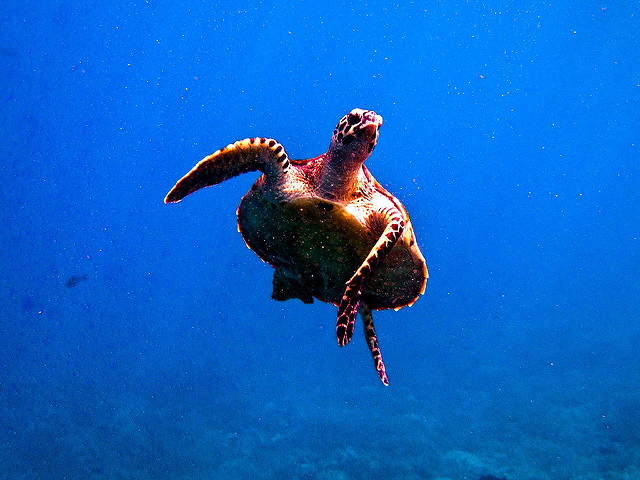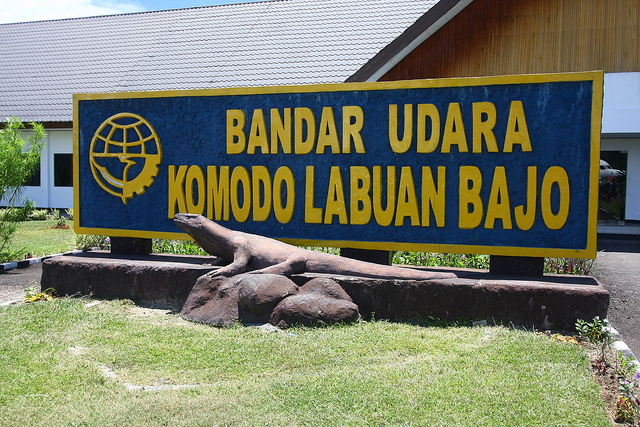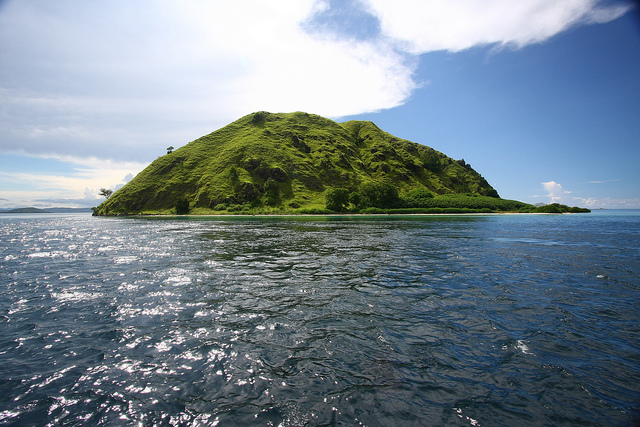
Scuba Diving around the Komodo islands is just a dream come true! Great variety of fishes, superb and untouched coral reefs, big fishes hunting actions, and pelagic fishes at every dive site will make your dives unforgettable.
You will also see numerous whitetip and blacktip reef sharks. If you are lucky you can spot bigger sharks like the Grey Shark and even the Hammerhead Shark! Komodo Liveaboard diving is also terrific liveaboard destination. I usually use this website to book in advance my Liveaboards in Indonesia as they usually have the lowest rates I find. I like it because they have an easy booking system.
You might have the chance to dive with the magnificent peaceful Manta ray. You can spot them all year round but the best time to see them in ballet is during the rainy season when you can sometimes literally speak of schooling Manta rays. You can watch this great video to see how it is underwater!
Best time to dive in Komodo Island
cuba Diving in the Komodo marine reserve is possible all year round.
- Best diving conditions run from March to October (March, April, May, June, July, August, September, October).
- Best season to see a lot of Manta rays is during the rainy season from December to February (December, January, February). Enquire to dive clubs about availability as not all clubs go out at sea during the rainy season.
- Visibility is best from November to January
- From January to March the sea can be a bit choppy but nothing bad.
Scuba Diving conditions
Currents are usually very strong on every dive site and diving in Komodo is mostly reserved to experienced divers with confidence in drift diving!
There are however some quieter dive spots for those beginners but you may miss the incredible action of big fishes swimming into the current.
The current can sometimes reach 8 knots in some places. It is driven by tides so choose your dive site carefully which you can plan depending on the conditions. This current is due to the Komodo and Rinca island acting like a bottleneck between the Indian Ocean and the Pacific Ocean. This current is why Komodo waters are so full of fishes and so clear.
Never question the decision of your guide if they decide to cancel a trip for safety reasons; these waters can be a real roller coaster with the risk of being washed away in the open sea and these guys are professionals.
One of the best things about diving Komodo is that you will often feel as you are the only ones underwater as there are just so many dive sites. Also the local dive centres agree on not diving the same site at the same time.
Average Price of a dive: 30 US Dollars or 20 euros.
Best dive centers in Labuan Bajo
You can pick from the following dive centers in Labuan bajo to dive around the Komodo Islands.
- Reefseekers
- Dive Komodo
- Orca Dive Club
- Wicked Diving Center
Fishes and Coral
Fishes
The Komodo waters are incredibly rich in marine life.
Pelagic fishes: Dogtooth Tuna, Giant trevally, Barracuda, Manta rays
Sharks: Blacktip, Whitetip, Grey, Hammerhead sharks
Macro: All kinds and rare nudibranchs, pygmy sea horse, frog fish
The best place for macro diving is Cannibal Rock located in the south of the marine reserve.
There is also a teeming reef life with myriads of fishes. Be careful not to lose your buddy because of the “walls of fishes”
Coral
The coral all around the park is just amazing, some of the best around the world. There are many shallow coral gardens offering wonderful snorkelling opportunities.
Travel Guide
Now that you know all about the underwater world, you might want to start planning your scuba holiday!
Komodo Liveaboards Itineraries
One of the things that sets Komodo Liveaboards above most other diving destinations is the flexibility in departure points. These will have some variation between seasons as seasonal weather patterns favor either the north or south. Many of the Komodo Liveaboards change departure locations to adjust for these seasonal changes.
- Liveaboards from Labuan Bajo generally are 3 days, 6 days and up to 14 days. Some dives are done before entering the park and travel is often to the northern section of the national park. Some of the liveaboards itineraries are one way. They either start or finish in Labuan Bajo with the other port being Bali , Bima or Lombok.
- Liveaboards from Gili Islands are mostly 7 day sailings with the trip starting and stopping in Gili.
- Liveaboard from Lombok has some short sailings or 3 or 4 days as well as some 7 day sailings. It is one of the ports that combine with Labuan Bajo.
- Liveaboard from Bali can be either a one way or round trip. 10 to 12 days is the normal length but there are 7 to 10 days as well. Bali is the easiest location to get to internationally.

